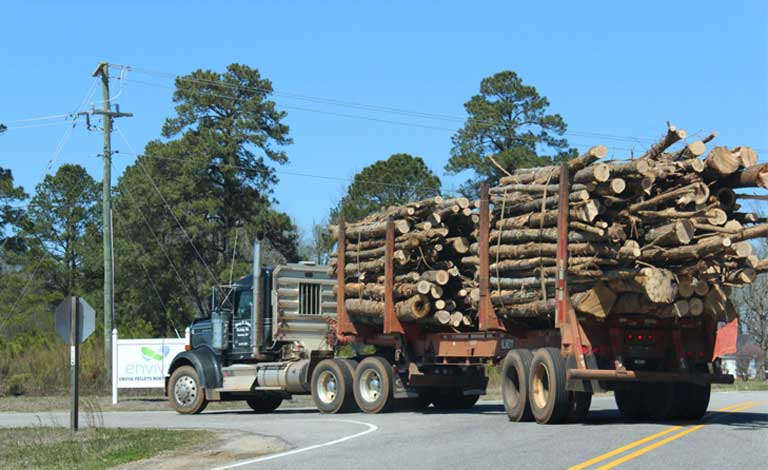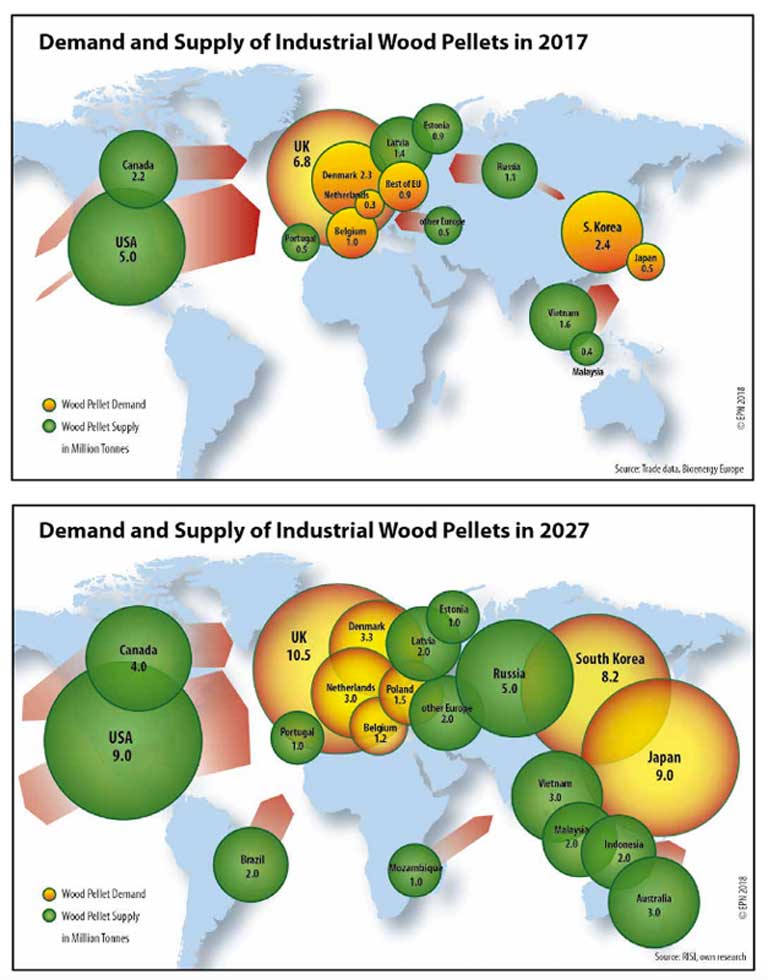
In this story, I revisit a part of the world I wrote about last June — British Columbia, its rare and vanishing towering old-growth forests in coastal and interior rainforests, and a progressive government’s promises to protect and preserve much of what’s left. Spoiler alert: it’s not.
“I know what they say [in the National Democratic Party], but I don’t know what this government’s long-term vision is for forestry,” Sonia Furstenau, BC’s Green Party leader, told me in an hour-long interview. “They are adhering to the status quo that is giving us the same outcomes we’ve had for decades. I was on the finance committee a few years ago. I spent a lot of time in small planes flying over the province. When you fly over British Columbia, it is a landscape of devastation. It’s heart-wrenching to see it from the sky, just how little intact forest there is left.”
My in-depth story reveals the sentiments some the top players in this environmental saga of unfilled political promises — leading forestry experts, political insiders, even a statement to Mongabay from BC’s forestry minister. It all adds up to an inescapable conclusion: despite the NDP adopting paradigm-shifting recommendations it commissioned in 2020, the majority government is still prioritizing logging and a growing wood-pellet industry over some of the last great old-growth forests, rare ecosystems and endangered species in North America.
As Canadian Prime Minister Justin Trudeau upped his nation’s carbon-reduction ambition under the Paris Agreement, he will find it increasingly difficult to meet those goals by 2030 as his country’s most powerful carbon sinks are felled for lumber and wood pellets to be burned overseas in power plants.




